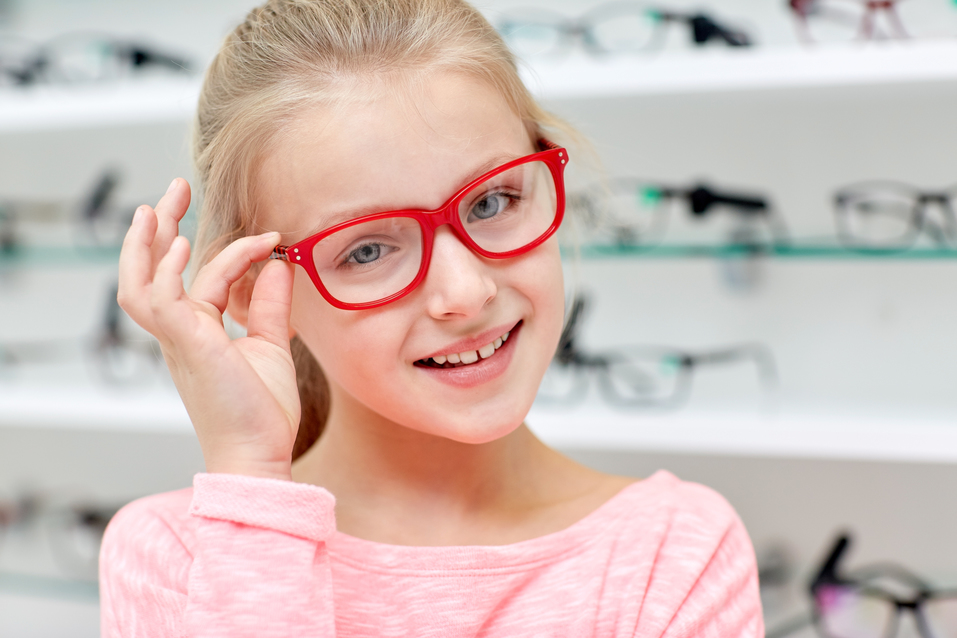Everything You Need To Know About Kids Eyeglasses

Before buying eyeglasses for your kid, the first thing to know is what type of frames they should wear. There are three main categories of structures, namely Transitions(r), Polycarbonate, and Trivex. To help you choose the right type of frames, read on to learn more about the different styles and materials used for making these glasses. After reading this article, you will have a clearer picture of which type of frames to buy for your child.
Transitions(r)
Transitions(r) for kids’ eyeglass lenses are a revolutionary new technology that enables the wearer to switch the lens color when the environment changes. Indoors, these lenses are clear, while outdoors, they turn darker. The photochromic technology, Transitions lenses automatically adjust the lens tint to the level of light so that the wearer enjoys the same clarity in indoor and outdoor lighting.
This technology is beneficial for children because they are often not yet familiar with the concept of transitions. In addition, transitions are fully transparent indoors, while Drivewear lenses darken behind the windshield. As a result, the lenses are more responsive to UV light and respond to indirect light. They also prevent eye strain and improve sleep. The Transitions for kids eyeglasses are also available in brown, grey, and black.
Polycarbonate
There are many benefits of Polycarbonate eyeglasses for kids. For one, they are lighter than standard glass or plastic lenses. They won’t slide down your child’s nose or fall out, and the scratch-resistant coating will help preserve the value of the glasses. They also cost about the same as regular plastic lenses. If you’re looking for lenses that will protect your child from scratches, you’ll want to get glasses with polycarbonate lenses.
Another advantage of polycarbonate lenses for kids is that they’re more durable than traditional lenses. They’re impact-resistant, so they won’t break or shatter when they get hit by something. It makes them a good choice for kids’ eyeglasses since they’ll be safer in the long run. These lenses are ideal for kids, as they’ll protect their eyes from flying objects, so they’ll have fewer accidents and broken lenses.
Trivex
If you’re searching for a pair of kids’ eyeglasses that will keep your child’s vision clear, consider choosing glasses made from Trivex lenses. These lenses are a lightweight alternative to polycarbonate or standard plastic lenses. In addition to offering 100 percent UVA/B protection, they are scratch-resistant and come with built-in scratch resistance. Compared to regular plastic lenses, they also improve clarity and reduce visual distortion. The only downside of Trivex lenses is the cost, but they are worth it if your child is not likely to drop them.
Children’s lenses are a critical consideration when buying eyeglasses for your child. Children’s lenses must be impact-resistant and resistant to damage. Trivex lenses are one of the most durable and impact-resistant lenses.
Silicone nose pads
Adhesive nose pads provide next-level comfort and fit for your glasses. Made from premium silicone material, they help to keep your drinks secure and reduce irritation. You can …